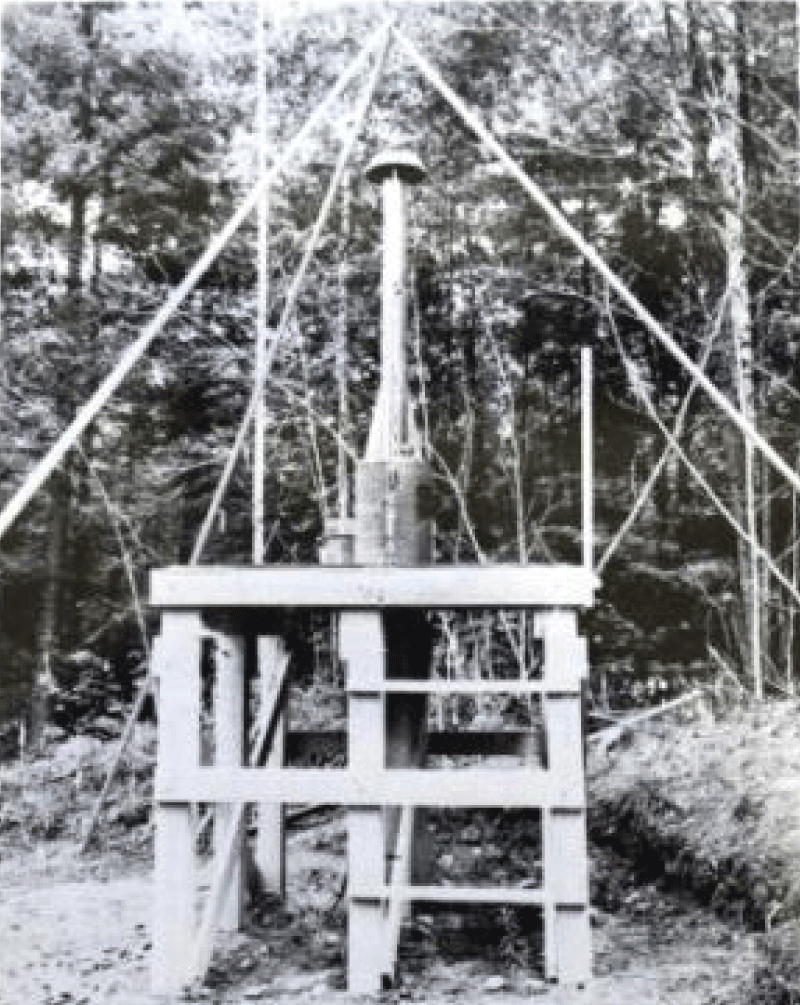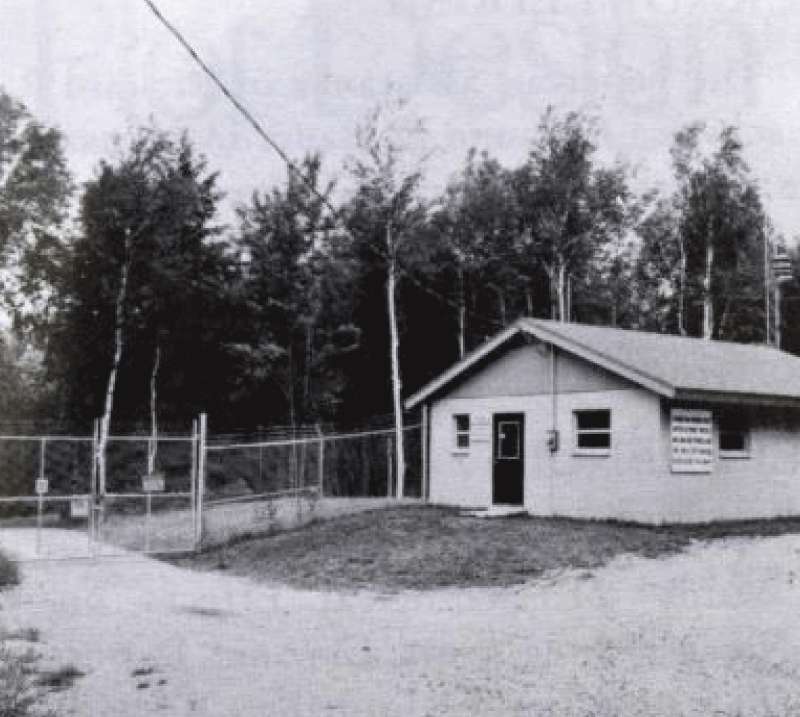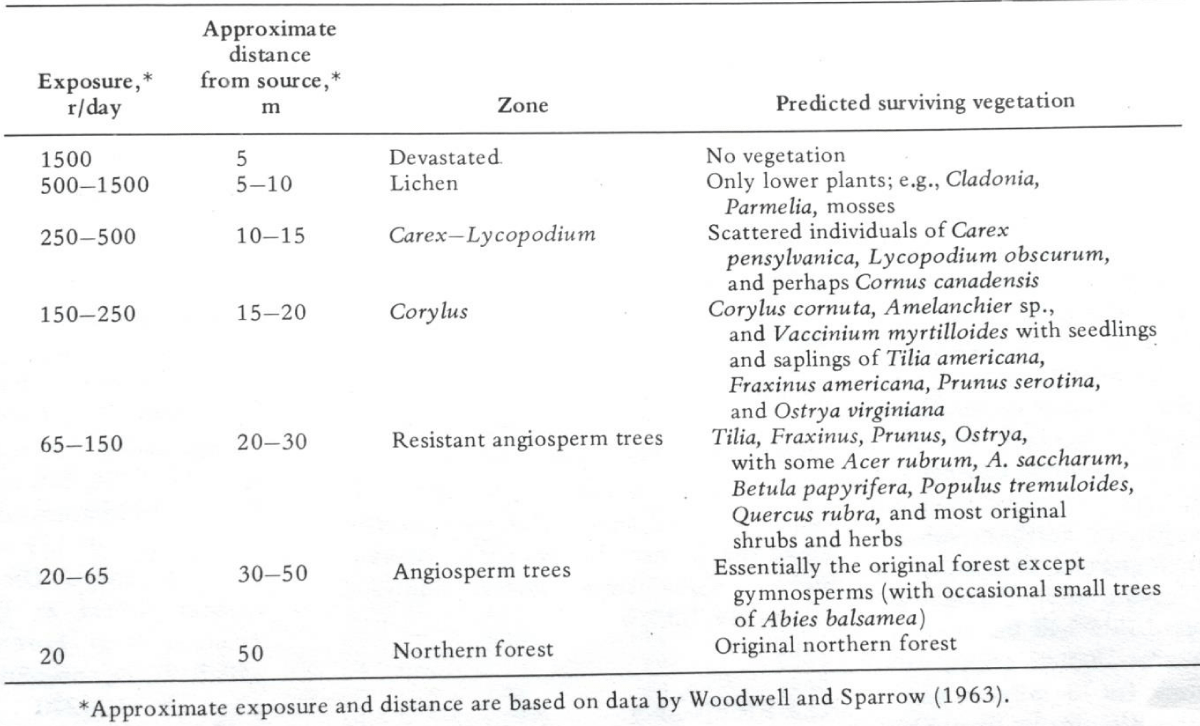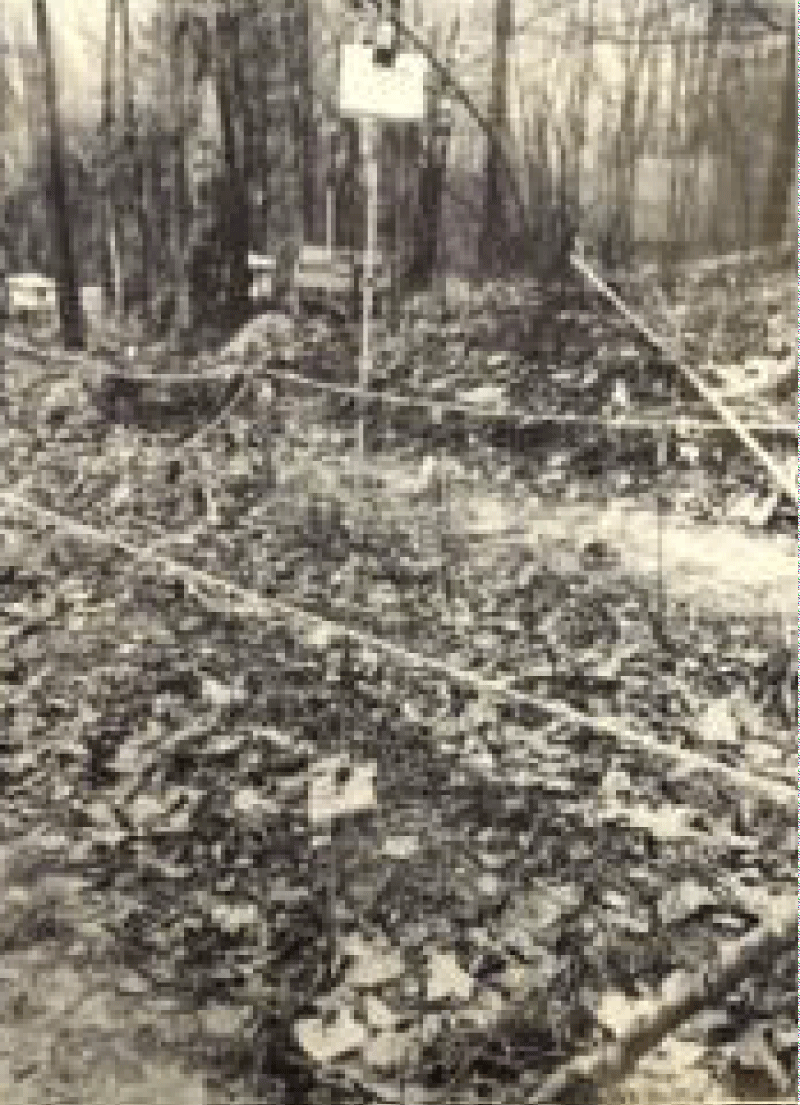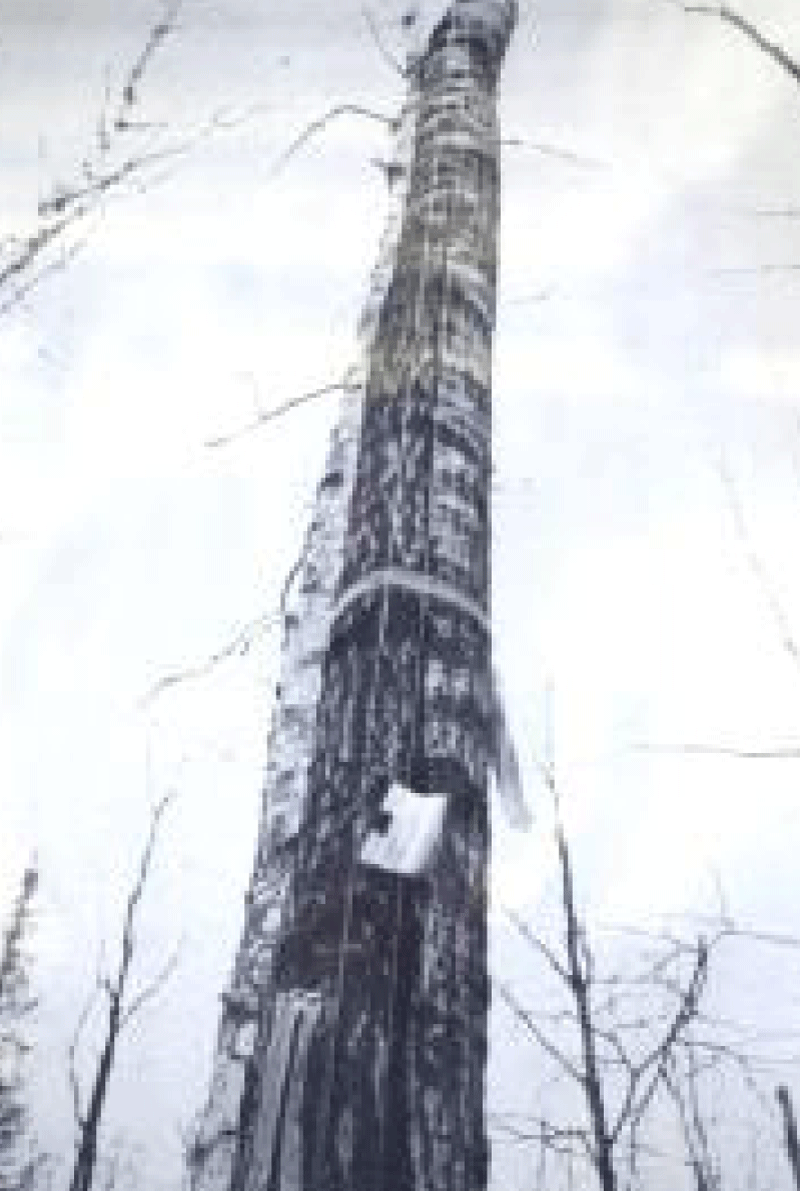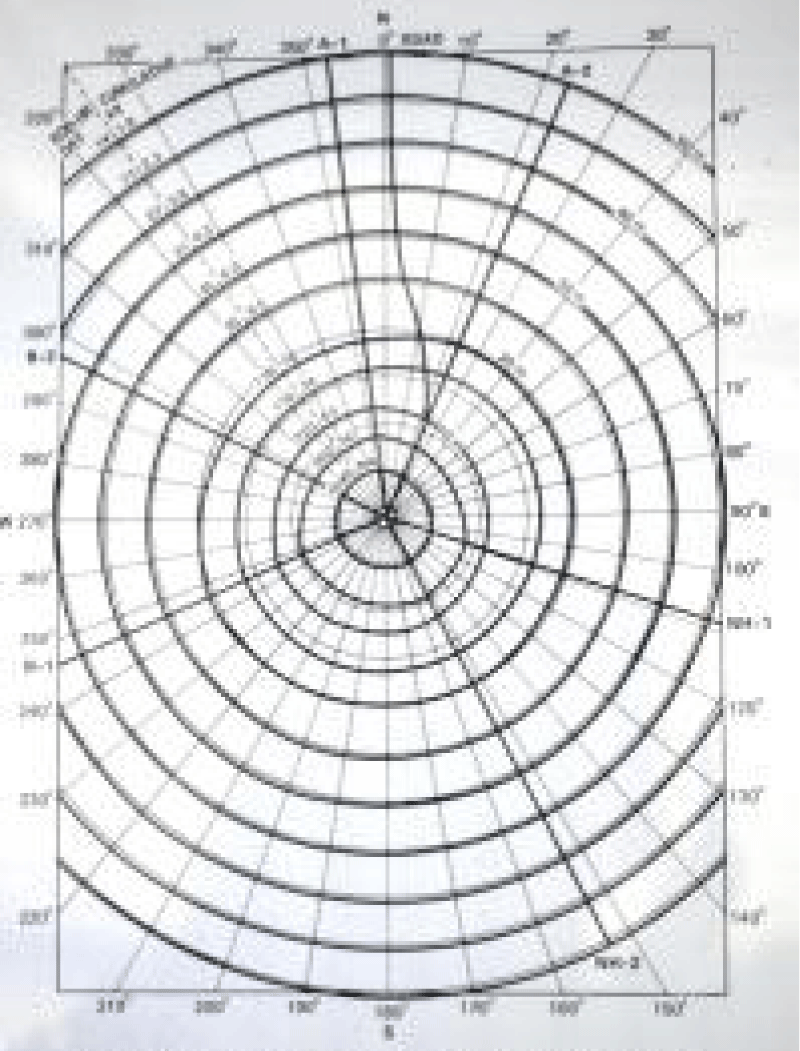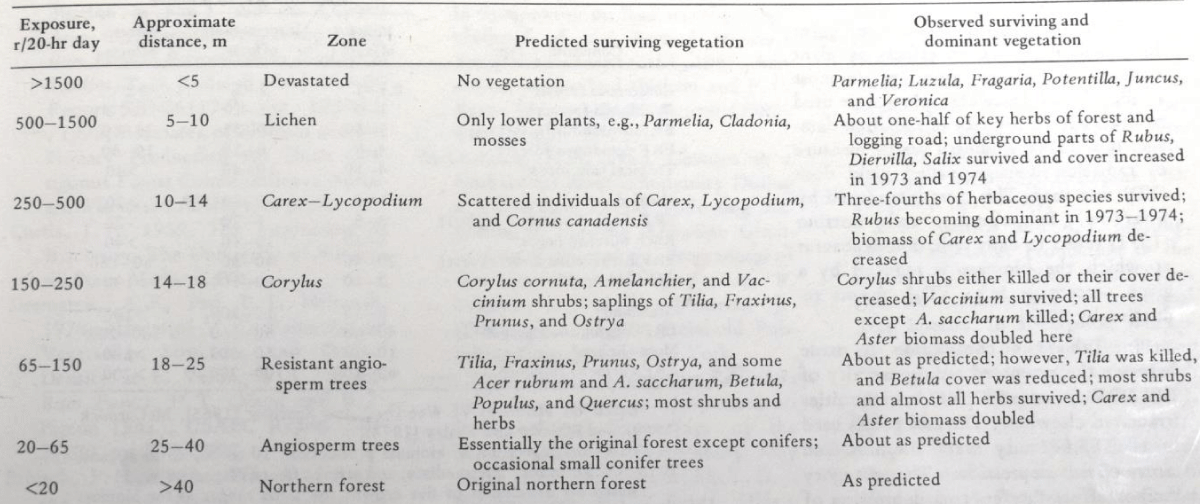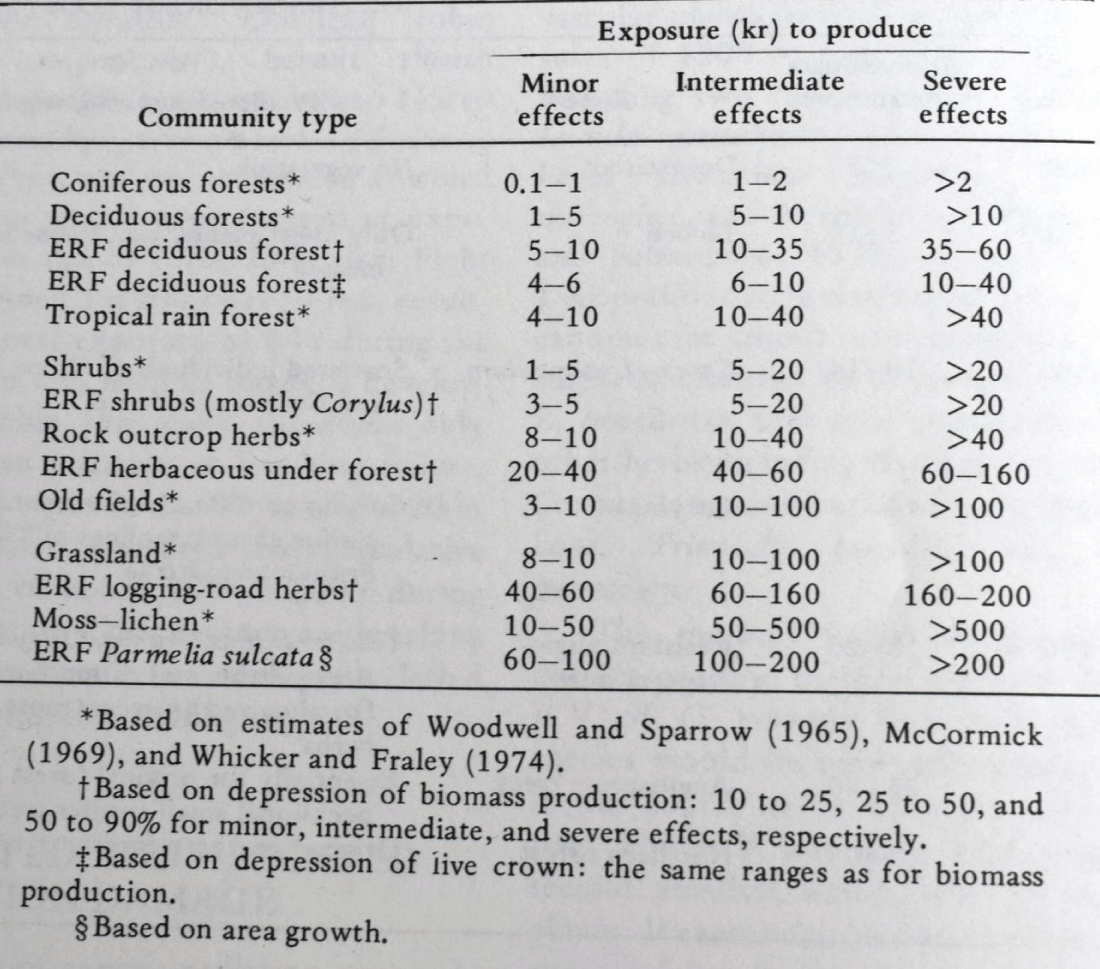More Information
Submitted: January 09, 2024 | Approved: October 29, 2024 | Published: October 30, 2024
How to cite this article: Bauer E. Forest History Association of Wisconsin. J Radiol Oncol. 2024; 8(3): 093-096. Available from: https://dx.doi.org/10.29328/journal.jro.1001071
DOI: 10.29328/journal.jro.1001071
Copyright License: © 2024 Bauer E. This is an open access article distributed under the Creative Commons Attribution License, which permits unrestricted use, distribution, and reproduction in any medium, provided the original work is properly cited.
Keywords: Radiation impacts; Forest ecosystem; Pre-irradiation activity; Lichens; Nuclear disaster
Forest History Association of Wisconsin
Ed Bauer*
Emeritus Technician, Retired US Forest Service, USDA Forest Service, Northern Research Station, Institute for Applied Ecosystem Studies, Rhinelander, WI 54501, USA
*Address for Correspondence: Ed Bauer, Emeritus Technician, Retired US Forest Service, USDA Forest Service, Northern Research Station, Institute for Applied Ecosystem Studies, Rhinelander, WI 54501, USA, Email: [email protected]
The Enterprise Radiation Forest (ERF) study was initially introduced as a topic of discussion at the Institute of Forest Genetics, USDA, USFS, in the late 1960s. During that period, a program was endorsed for investigating the impacts of radiation on the forest ecosystem. The rationale for this was to facilitate the prediction of potential outcomes in the occurrence of a nuclear disaster. The research location was situated within the forested lands in Enterprise of Oneida County, Wisconsin, United States. The radiation source in question was a 10,000 curie source of Cesium-137, characterized by a halflife of 33 years. Furthermore, a study concerning lichens was also carried out, the data, photographs, and micrographs were meticulously gathered to illustrate the pre-irradiation activity of the species. This subject holds significant value for dissemination among peers in the scientific community, particularly considering the resilience exhibited by natural ecosystems in response to varying levels of radiation. The information is reviewed with the objective of the entire program to ascertain the potential consequences for a northern forest ecosystem in the event of a nuclear disaster, in addition to the two publications from the Atomic Energy Commission.
The Enterprise Radiation Forest (ERF) study first became a discussion item with the Institute of Forest Genetics, USDA, USFS, in 1967. It was at that time that the Atomic Energy Commission approached the Institute with supporting a program to study the effects of radiation on an entire forest ecosystem. The reasoning behind this was to be able to predict what would happen in the event of a nuclear disaster [1,2]. They approached the Institute because they were already studying the effects of acute and chronic radiation on trees both in house and at a field setting. In addition the Institute had some trained staff and equipment to perform this study.
The Institute scientific staff then proceeded to evaluate the requirements for the study site. These included staffing needs (8 permanent employees), study site location had to be on public land away from human habitation, flora and fauna had to represent a typical northern forest community, anti-personnel fencing, radiation detection and safety equipment, dosimetry equipment, control building, vehicles, weather stations, laboratory equipment, etc (Figure 1). This was a massive undertaking that required development of this study from late 1967 to early 1969 when the project was initiated. The road conditions were old logging roads and a challenge to study site access thus requiring 4 wheel drive and all-terrain vehicle (ATV) equipment. Employee safety was a large issue as the work continued in the winter and other bad weather elements, chain saw use, inoculations to prevent rabies, radiological safety training and associated procedures and training to work with and monitor radiological materials as set forth by the Atomic Energy Commission.
Figure 1: Study site on the Oneida County forest lands in Enterprise.
Pre-irradiation
All references to this study and it’s results are from two published volumes and personal experience by the author. The two volumes are: “The Enterprise, Wisconsin, Radiation Forest, Preirradiation studies, Thomas Rudolph, Editor and The Enterprise, Wisconsin, Radiation Forest, Radioecological Studies, J. Zavitkovski, Editor.” Published by Technical Information Center, Energy Research and Development Administration, 1977 [1,2].
The study site was on the Oneida County forest lands in Enterprise, consisted of 1440 acres of land, with anti-personnel fencing around the entire area, control building on the SE corner and selection of the control and irradiation site being in the south western block of this area. The radiation source was a 10,000 CI source of Cesium 137 with a half life of 33 years [1,3]. The radiation source came from the Puerto Rico Rain Forest, was recharged at Oak Ridge Laboratories in Tennessee. The source was shipped in a lead pig with approximately 6-8 inches of lead in any direction away from the source. When set up for use in the field, the lead pig remained as the storage compartment when in a non-irradiation position. This source produces gamma radiation which is like x-radiation, just a much shorter wave length. There is no residual radiation after exposure or source removal. The source and guide tube were placed on a well constructed wood stand about 6 feet above ground as seen in the below photo (Figures 2,3).
Figure 2: The 10,000-Ci 137Cs radiation source in position in site 1.
Figure 3: Control building, entrance gate and fence.
The study site was selected for its continuity to topography, plant species, soil types, and a central small clear area for source placement. Transects were laid out to include certain tree species such as aspen, aspen- birch- maple, and road. All woody plant species were measured for diameter at breast height (DBH), height and litter collections performed each year beginning in 1970 thru 1974. Also during these years weather data, solar radiation, photographic images of herbaceous species in 1x1 meter ground plots were taken, laboratory measurements on nuclear volume and cambial growth, dosimetry measurements using in house irradiator and dosimetry equipment such as ionization chambers [1].
The study consisted of 52 families and 193 plant species. Most woody plant species had nuclear volume measurements taken because radiosensitivity is related to Interphase Chromosome Volume (ICV) in that the larger the nuclear volume and smaller the chromosome number the more sensitive they are to radiation. In addition to the plant species, small mammals such as the white footed deer mouse, chipmunk and red squirrel were trapped for 5 days each month, tagged for ID and observed to determine movement patterns, number and type of animals, weight and mortality. Animal (ICV) is similar to humans where LD100 is about 640 rads of acute radiation.
In addition to the above observations, a study on lichens was also initiated. Data, photographs and micrographs were collected to demonstrate pre-irradiation activity of the species.
All infrastructure, field and laboratory measurements, animal trapping, climatological data, etc. were analyzed and presented. In table below, it shows the predicted results of what would be the response of the woody plants, herbaceous species and lichens (Table 1).
Table 1: Predicted Vegetation Zonation after a 5-Month Growing- Season Irradiation with a 10,000-Ci Source of 137Cs.
Radioecological studies
Site irradiation was performed for 20 hours/day during the growing season in 1972. Dosimeters were placed on trees, ground plots, and animals during the entire irradiation period (Figures 4-6).
Figure 4: Ground-plot TLDs attached to bamboo stakes.
Figure 5: Two TDLs attached to trees.
Figure 6: Radiation responses 1.0m above ground, it shows a dosage of 1540 R/20hr.day at 0 M to 14 R/20hr.day at 50 M.
Due to the numerous studies and large amount of data, this paper will provide only the highlights of the individual studies with charts that demonstrate the radiation effects on plant and animal species.
This chart illustrates the damage and recovery of the herbaceous, woody seedlings and shrubs, and trees in years 1972 – 1974 (Table 2). Table 3 shows the predicted and observed effects of radiation on the ERF.
| Table 2: Damage and recovery of the herbaceous, woody seedlings and shrubs, and trees in the years 1972-74. | |||
| Forest Type | 1972 Irradiation Year | 1973 | 1974 |
| Herbaceous | 1. No real signs of damage. 2. Early senescence at rates of 300r or greater/ 20 hr. day | Delayed shoot elongation by weeks and months in high radiation areas | Normalization of all herbs |
| Woody Seedlings and Shrubs | Tall and low shrubs dead at rates 1000r/20 hr. day and greater. Tall shrub biomass at 500r/20 hr. day reduced by 70-90%, low shrub no reduction |
1. Almost all seedlings dead at 500r/20hr. Day, no change under 100r. 2. Biomass reduced for low shrubs at 100r and tall at 40r/20 hr. day |
|
| Trees | 1.Pre-mature leaf coloration 2. Radial growth showed most damage, otherwise very little observed damage |
Delayed leaf out All A. balsamea dead at 25r/20 hr. day or greater Maples dead at 240-430r/20 hr. day |
Normalization of trees is showing good recovery. Normal leaf flush, more normal growth, etc. |
Table 3: Predicted and Observed Effects of Gamma Radiation on a Northern Forest Ecosystem.
The two tables below illustrate the total exposure estimate for the white footed deer mouse, chipmunk and red squirrel and last capture data showing very few surviving animals at the higher exposure rates (Table 4 and Figure 7).
| Table 4: Total Exposure Estimate for a few species. | |
| Species | Total Exposure Estimate |
| Peromyscus maniculatus (woodland deer mouse) |
1218 to 1220 r |
| Tamias striatias (eastern chipmunk) |
610 to 2300 r |
| Tamiasciurus hudsonicus (red squirrel) |
740 to 790 r |
Figure 7: The distribution of last-capture records in relation to estimated total exposures for irradiated Tamias, Peromyscus, and Tamiasciurus.
The estimated exposures to plants, causing minor, intermediate, and severe effects for various plant community types, is summarized in the table below (Table 5).
Table 5: Biosensitivities of the Plant Communities.
Given the pre-irradiation data and the radioecological studies data it shows that many of the predictions were very close. We also now know that lichens are about 250 times more resistant to radiation than their other northern deciduous forests. Also rain forests are about 20 times more resistant, probably due to the increased water in the plants. Water is a great attenuator of radiation.
It is with the opinion that this subject holds significant relevance in the scientific community, particularly considering the resilience exhibited by natural ecosystems in response to varying levels of radiation. In preparation for the presentation to the Forest History Association of Wisconsin, the manuscripts were organized within the contexts of pre- and post-irradiation venues, as this arrangement served the intended purpose of the two volumes. The author’s resources were limited to the two volumes at hand and a recollection of the studies performed.
Regarding the significance of these works, it is understood that the information ought to be disseminated. The overarching aim of the entire program was to ascertain the potential consequences for a northern forest ecosystem in the event of a nuclear disaster. Furthermore, apart from the two publications by the Atomic Energy Commission, there has been a notable lack of efforts to promote this research. It is disheartening, as has been the case with other studies that remained unpublished due to the closure of work units, budgetary constraints, and similar factors; however, this reflects the realities inherent in the scientific endeavor. It is with this conviction that these publications may prove beneficial to fellow researchers.
- Rudolph TD. The Enterprise, Wisconsin, Radiation Forest: preirradiation ecological studies. 1974. Available from: https://doi.org/10.5962/bhl.title.149776
- Zavitkovski J. The Enterprise, Wisconsin, Radiation Forest: radioecological studies. Prepared for the Division of Biomedical and Environmental Research, Energy Research and Development Administration. Oak Ridge, TN: Technical Information Center, Energy Research and Development Administration; 1977. Available from: https://archive.org/details/enterprisewiscon0000unse
- Bjerregaard P, Andersen CBI, Andersen O. Ecotoxicology of metals-sources, transport, and effects on the ecosystem. In: Elsevier eBooks. 2022. p. 593-627. Available from: https://doi.org/10.1016/b978-0-12-823292-7.00016-4

